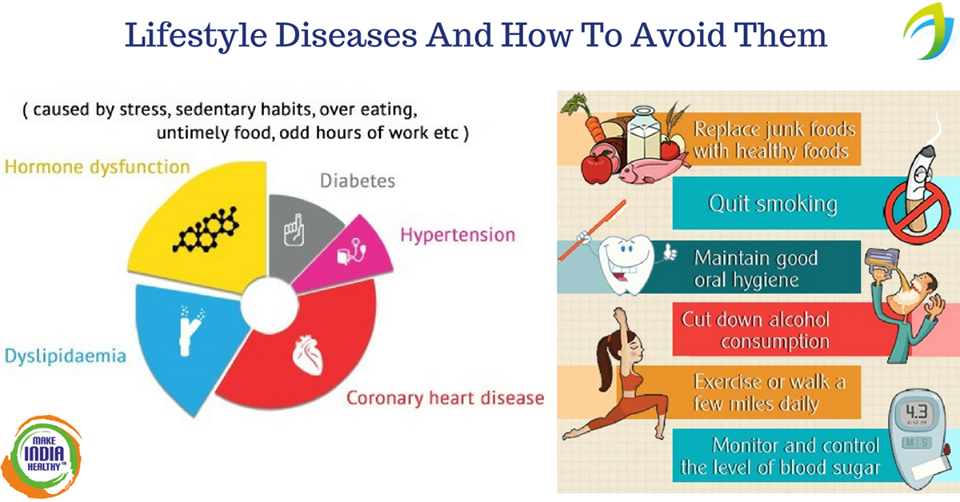
EWG App was designed to be simple to use. Anyone who needs to make informed decisions about what they eat or drink will find it useful. The app has information on more than 2,500 food and household products, and you can save your favorite recipes for later. You can also view ratings and upload photos for products you want to be included in the database.
If you're worried about your health, the EWG app is a valuable tool. It is a great tool to examine the safety and ingredients of thousands of products. The app allows you to scan barcodes and check for safety. Through the app, you can view the product's ratings as well as buy directly at Amazon or Sephora.

EWG App also offers the information you need to make good food choices. The app gives you the ability to assess how nutritious food is on a scale between 1 and 10, and also allows you to see which foods you can avoid. The app also has a reference guide for essential oils, which can tell you which Young Living essential oils are best for different types of conditions and what their properties are. You can find information about many ingredients, as well as learn about their strengths and weaknesses by using the app.
The Healthy Living App is another useful app that breaks down ingredients in products. It will show you which ingredients are healthy and which ones are not. You can even use it to compare two apps that look similar. Think Dirty offers a similar tool. It gives you information about each product and rates them from one to 10. It will also tell you about the health impacts of each ingredient.
Unlike most of the other apps, the Environmental Working Group has added information on healthy cleaners to the Healthy Living App. This app is great for finding safe products for your family and the environment. It's easy to scan the product barcode and get an impartial assessment. If you're looking for a new cosmetic, make sure you know its composition and ingredients. This app will make your life simpler and safer.

The Environmental Working Group app allows you to check the safety and quality of the food that you eat. It displays the ingredients and brands of any food you've purchased. The EWG's Food Scores app can be used to compare brands or foods. Sunscreen Guide from the EWG is an excellent resource for anyone who wants to make healthy choices. The app features a color-coded system which will allow you to find safe products for you and your family.
FAQ
What is the working principle of an antibiotic?
Antibiotics are medications that kill harmful bacteria. Antibiotics are used to treat bacterial infections. There are many types and brands of antibiotics. Some can be taken orally, others are injected and some are applied topically.
Antibiotics are often prescribed to people who have been exposed to certain germs. If someone has chicken pox, they might need to take an oral antibiotic in order to prevent shingles. An injection of penicillin may be necessary to prevent pneumonia if someone has strep.
Doctors should prescribe antibiotics to children. Children are more likely to experience side effects than adults from antibiotics.
Diarrhea, the most common side-effect of antibiotics, is probably diarrhea. Other possible side effects include diarrhea, nausea and vomiting, allergy reactions, dizziness, dizziness, stomach cramps, nausea, vomiting or allergic reactions. These symptoms generally disappear once the treatment has finished.
Is being cold bad for your immune system?
Cold makes you weaker because you have less white blood cells to fight infection. But, cold makes you feel better. Your brain releases endorphins that reduce pain.
What's the problem in BMI?
BMI stands for Body Mass Index. This is a measure of body fat that is calculated based on height or weight. The following formula can be used to calculate BMI.
Add weight in kilograms to height in meters squared.
The result is expressed in a number between 0 - 25. Scores of 18.5 and higher indicate overweight, while scores of 23 and higher indicate obesity.
A person who weighs 100 kg and has a height of 1.75 m will have a BMI of 22.
Do I have to count calories?
You may be wondering "what is the best diet for you?" or "is counting calories necessary?" It depends on many factors such as your current health, personal goals, preferences, and overall lifestyle.
The Best Diet For Me: Which One Is Right?
The best diet depends on me, my health, my goals, my preferences and my overall lifestyle. There are many diets out there, some good and some bad. Some diets work better than others. What should I do then? What can I do to make the right decision?
These questions are addressed in this article. It starts with a brief introduction of the different types of diets available today. The pros and cons of each diet are then discussed. Finally, we'll look into how to choose the best one for you.
Let's first take a look at different diets.
Diet Types
There are three main types: low-fat, high-protein, or ketogenic. Let's briefly discuss them below.
Low Fat Diets
A low fat diet is a diet that restricts the amount of fats consumed. This is achieved through reducing intakes of saturated fats (butter and cream cheese, for example). and replacing them with unsaturated fats (olive oil, avocados, etc.). People who are looking to lose weight quickly and easily will benefit from a low-fat diet. This kind of diet could cause problems like constipation or heartburn and indigestion. In addition, it may lead to vitamin deficiencies if a person doesn't get enough vitamins from their food.
High Protein Diets
High-protein diets limit carbohydrates and favor proteins. These diets often have higher levels of protein than most other diets. They are meant to help build muscle mass and burn more calories. Unfortunately, they can't provide adequate nutrition for those who eat regularly. They are also very restrictive, so they might not be appropriate for everyone.
Ketogenic Diets
Ketogenic diets are also known as keto diets. They are high-fat and low in carbs and protein. These foods are popular among athletes and bodybuilders as they allow them to train harder, longer and without becoming tired. But, they require strict adherence to avoid negative side effects like nausea, headaches, and fatigue.
Statistics
- According to the 2020 Dietary Guidelines for Americans, a balanced diet high in fruits and vegetables, lean protein, low-fat dairy and whole grains is needed for optimal energy. (mayoclinichealthsystem.org)
- Extra virgin olive oil may benefit heart health, as people who consume it have a lower risk for dying from heart attacks and strokes according to some evidence (57Trusted Source (healthline.com)
- WHO recommends reducing saturated fats to less than 10% of total energy intake; reducing trans-fats to less than 1% of total energy intake; and replacing both saturated fats and trans-fats to unsaturated fats. (who.int)
- The Dietary Guidelines for Americans recommend keeping added sugar intake below 10% of your daily calorie intake, while the World Health Organization recommends slashing added sugars to 5% or less of your daily calories for optimal health (59Trusted (healthline.com)
External Links
How To
What does the "vitamins” word mean?
Vitamins are organic compounds found naturally in food. Vitamins are essential for our bodies to absorb nutrients from the foods we eat. Vitamins cannot be produced by the body. They must be acquired from food.
There are two types vitamins: water soluble or fat soluble. Water soluble vitamins dissolve easily in water. These include vitamin C (thiamine), Vitamin B1 (riboflavin), Vitamin B2 (riboflavin), Vitamin B3 (niacin), Vitamin B6 (pyridoxine), Vitamin C, B1 (thiamine), Vitamin B2 (riboflavin), Vitamin B3 (niacin), and Vitamin B6 (pyridoxine). The liver and fatty tissues are home to fat-soluble vitamins. Vitamin D, E, K and A are some examples.
Vitamins are classified according their biological activity. There are eight major groups of vitamins:
-
A - Vital for normal growth and maintaining good health.
-
C - vital for proper nerve function, and energy production.
-
D - Essential for healthy teeth and bones.
-
E is needed for good reproduction and vision.
-
K – Required for healthy nerves & muscles.
-
P – vital for building strong bones.
-
Q - Aids digestion and iron absorption
-
R - necessary for making red blood cells.
The recommended daily allowance of vitamins (RDA), varies according to age, gender, physical condition, and other factors. The U.S. Food and Drug Administration (FDA) sets the RDA values.
For adults 19 years and over, the RDA of vitamin A is 400mg per day. For fetal development, pregnant women need 600 mg per day. Children ages 1-8 require 900 micrograms per day. Babies under one-year old require 700 mg per day. Between 9 and 12 years of age, however, this drops to 500 mg per day.
Children aged 1-18 years need 800 micrograms daily, while children overweight require 1000 micrograms per days. Children who are severely obese or underweight will need 1200 micrograms each day.
Children aged 4-8 years old who have been diagnosed as having anemia require 2200 micrograms of vitamin C per day.
2000 micrograms is the minimum daily intake for adults over 50 years old to maintain good health. Breastfeeding or pregnant women require 3000 micrograms per daily due to higher nutrient demands.
Adults over 70 need 1500 micrograms daily, as they lose 10% of their muscle every ten years.
Women who are pregnant, nursing or breastfeeding need more than the RDA. Pregnant women need 4000 micrograms per dayduring pregnancy and 2500 micrograms per day after delivery. Breastfeeding mothers need 5000 mg per day when breastmilk is being produced.